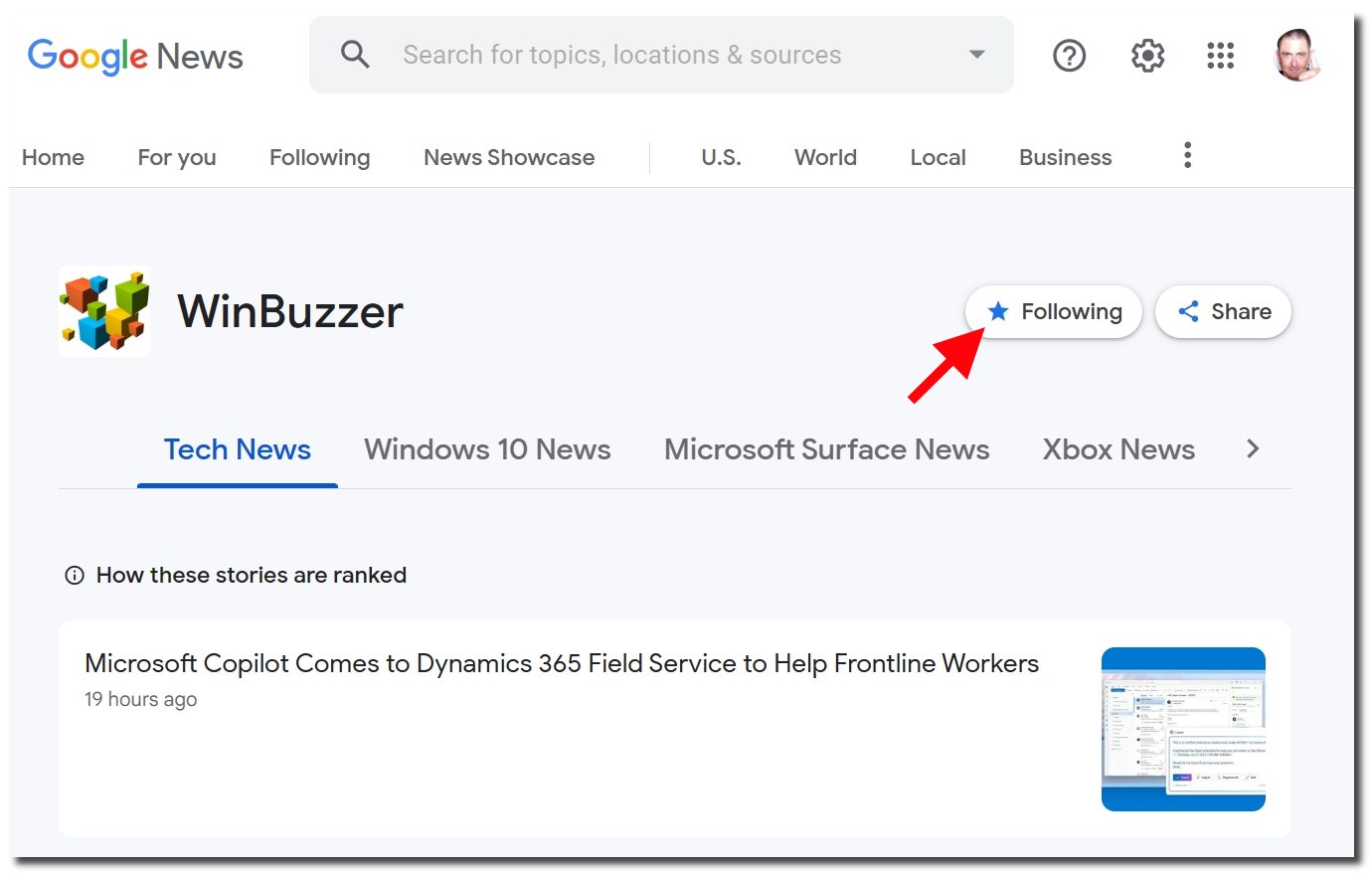In March, Google highlighted its plans to bring generative AI to Google Workspace apps, notably for the Gmail and Docs apps. Since then, the AI integration has been in testing with a small number of “trusted testers” within Google. It now seems the company is ready to expand the rollout and bring the AI features to more people.
Specifically, the Google Workspace team took to Twitter to confirm the wider availability of the preview. In the tweet, the team says it will “expand our trusted tester program for #GenAI capabilities by more than 10X today.”
Google does not say whether this means expanding internal testing or not. However, it seems the company is making testing available for Gmail and Docs users but does not say how many outside testers are now using the features.
While the full capabilities of Google's Workspace AI are unknown, we do know about some features. For example, an improved version of Smart Compose, which offers suggestions for completing sentences as users type in Gmail. Google's new AI integration uses natural language understanding (NLU) to analyze the context and intent of the email and generate relevant and personalized suggestions.
https://twitter.com/GoogleWorkspace/status/1654173461407727622
Another addition is called Smart Canvas, which allows users to create dynamic and interactive documents in Docs. This collection of features integrates Docs with other Google Workspace products such as Chat, Meet, and Calendar. Users can add rich content such as tables, charts, checklists, and images to their documents. Users can also use voice typing to dictate text, format documents, and insert emojis.
Competing with Microsoft 365 Copilot
Google will be competing directly with Microsoft 365 Copilot, which was presented by Microsoft in March. Using Microsoft's own AI tools, Microsoft Graph, Bing, and integration of OpenAI's GPT-4, Microsoft 365 Copilot brings AI capabilities to Office apps like Word, Excel, PowerPoint, and Outlook, as well as Microsoft Teams and Microsoft Viva.
In recent Gmail news, Google announced it is bringing blue checkmark verification to the email service. The feature, which is rolling out this week, will display a blue checkmark icon next to the sender's name on emails that have adopted Google's Brand Indicators for Message Identification (BIMI) initiative.
BIMI is a standard that allows brands to display their logos as avatars in emails, as long as they use strong authentication and verify their logo with a certification authority. Google launched BIMI for Gmail in 2021, and now it is adding the blue checkmark as an extra layer of trust and security.
Tip of the day: To prevent attackers from capturing your password, Secure Sign-in asks the user to perform a physical action that activates the sign-in screen. In some cases, this is a dedicated “Windows Security” button, but the most common case in Windows is the Ctrl+Alt Del hotkey. In our tutorial, we show you how to activate this feature.






